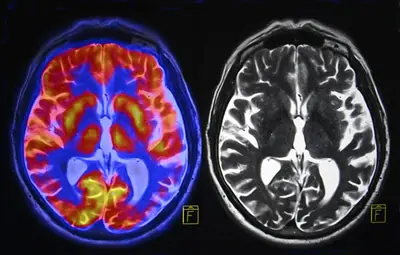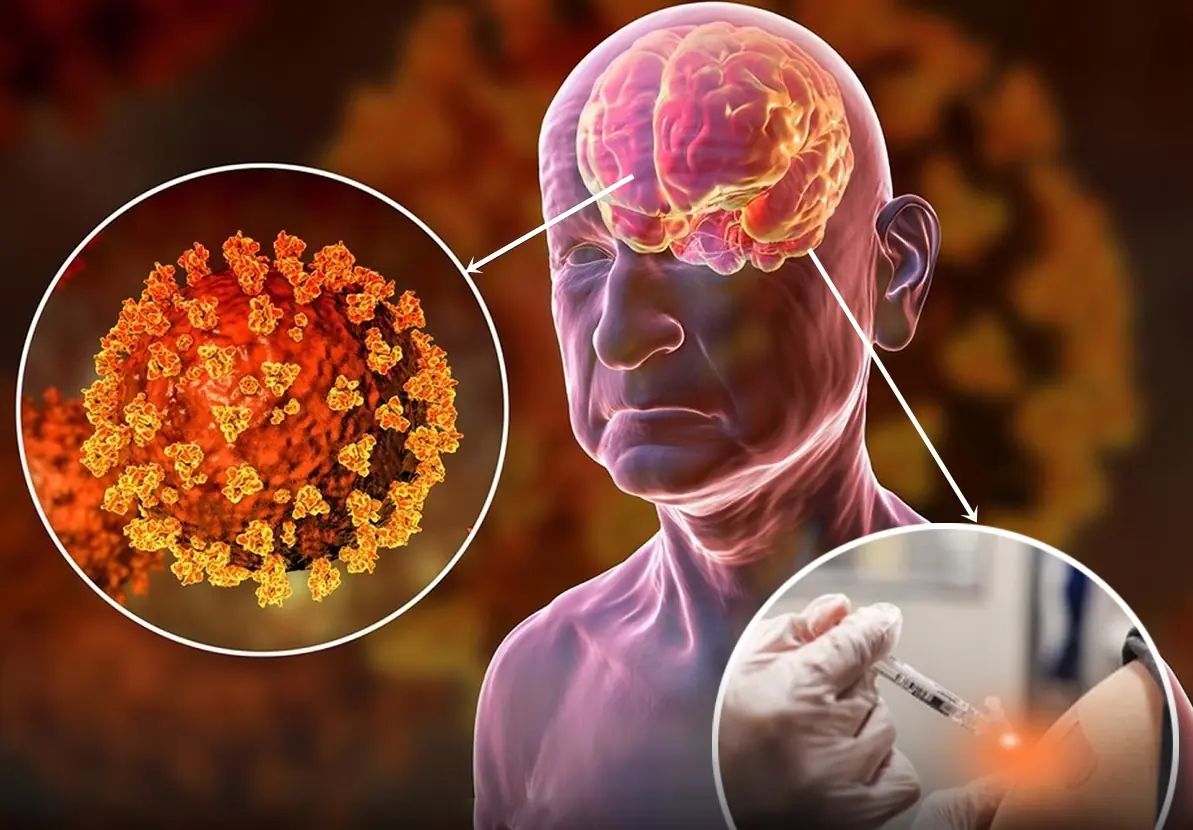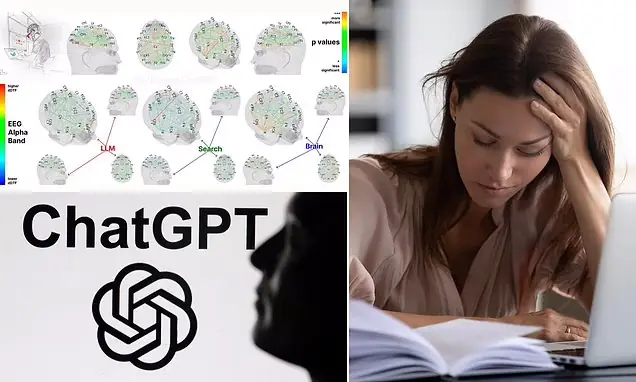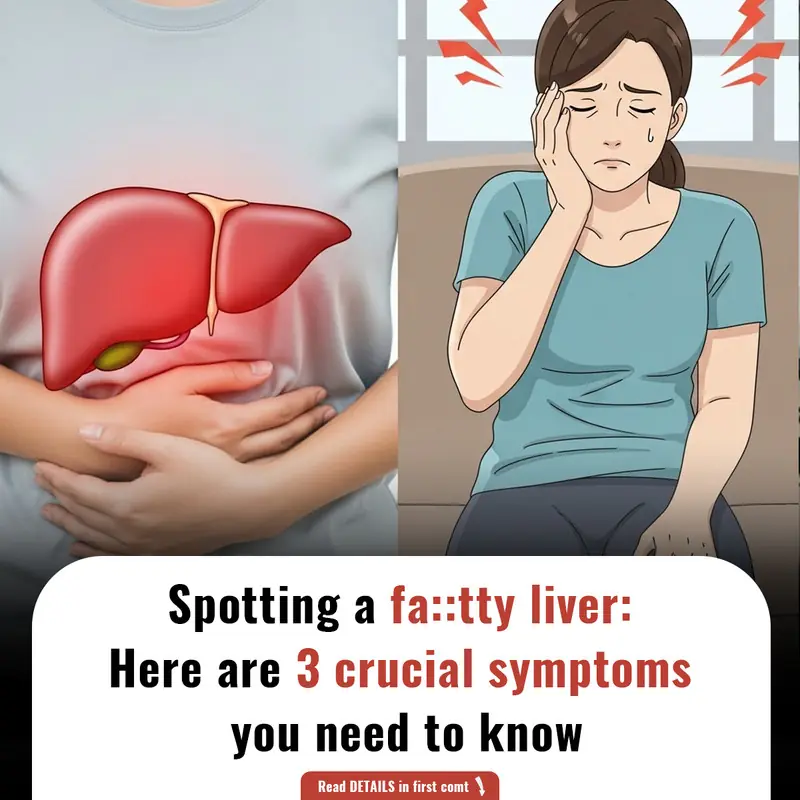
Understanding the Impact of LSD on the Human Brain: A Revolutionary Breakthrough
In a groundbreaking study, researchers have unveiled a detailed brain scan showing how LSD (lysergic acid diethylamide) affects the human brain. This landmark discovery offers the first-ever look at the neural changes induced by this powerful psychedelic drug, which has long been associated with altered states of consciousness and mind-expanding experiences.
How LSD Alters Brain Activity
Scientists from Imperial College London, in partnership with the Beckley Foundation, conducted this pioneering research by administering LSD to 20 healthy volunteers. Using state-of-the-art brain scanning technologies like functional Magnetic Resonance Imaging (fMRI) and Magnetoencephalography (MEG), they were able to map how LSD impacts brain function in real-time.
What they found is nothing short of remarkable: LSD disrupts the brain’s normal compartmentalization, leading to a more interconnected and unified network. In essence, LSD breaks down the usual boundaries between different brain regions, allowing them to communicate more freely with one another. This phenomenon helps explain why LSD can produce intense visual hallucinations, heightened emotions, and profound shifts in consciousness.
The Fascinating Role of Vision and Memory
One of the study's most striking revelations was that even when participants kept their eyes closed, they still experienced vivid, dream-like visions. This was linked to increased communication between the visual cortex and other brain regions involved in memory and imagination, such as the parahippocampus. The enhanced interaction between these areas helps explain the surreal, often visual nature of the experiences that people have while on LSD.
Music and the Amplification of LSD's Effects
Interestingly, the study also found that music played a significant role in intensifying the effects of LSD. This insight opens up exciting possibilities for therapeutic use, as music could potentially amplify the therapeutic effects of psychedelics, offering a new avenue for mental health treatments.
Therapeutic Potential: A New Frontier in Mental Health
The implications of these findings are immense. With growing interest in psychedelic-assisted therapy, researchers believe LSD could be a transformative tool for treating mental health conditions like depression, anxiety, and addiction. The drug’s ability to "reset" entrenched thought patterns and enhance emotional and cognitive flexibility makes it a promising candidate for therapeutic intervention.
Once viewed as a controversial substance associated with 1960s counterculture, LSD may now be on the brink of a renaissance, offering new insights into both mental health therapies and the mysteries of human consciousness.
Conclusion: The Future of LSD in Therapy and Research
As this research unfolds, it opens up new doors for the potential use of LSD in clinical settings. The drug’s capacity to foster deep, meaningful shifts in consciousness could pave the way for novel treatments for conditions that have long been resistant to traditional therapies. With ongoing research, the healing power of psychedelics may soon be harnessed for the greater good, providing relief for those suffering from mental health challenges.
Sources:
-
Imperial College London - “Psychedelic Effects of LSD Revealed Through Brain Scans.”
-
Beckley Foundation - “Advancements in Psychedelic Neuroscience: The Role of LSD in Understanding Consciousness.”
-
Medical News Today - “How LSD Alters Brain Activity: A New Study Unveils Mind-Altering Mechanisms.”
-
Science Advances - “The Impact of LSD on Brain Function and Mental Health Treatment.”






























